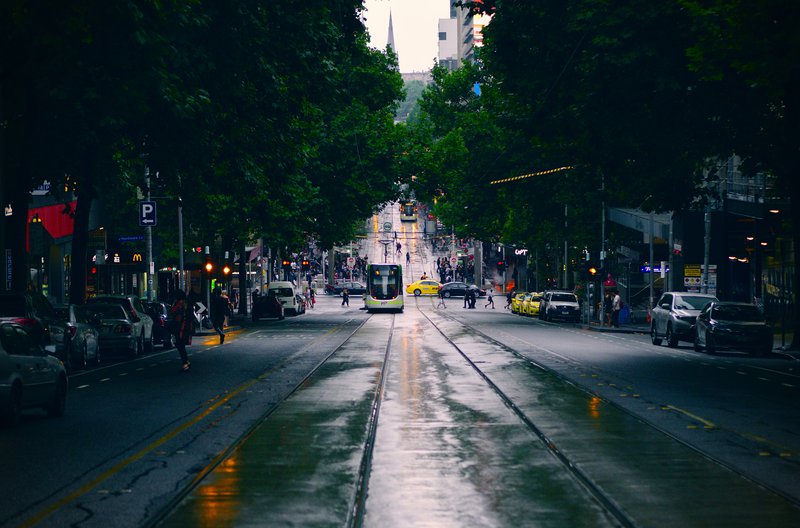Sustainability is a growing priority throughout the world. As measures intended to increase sustainability are becoming more commonplace, the concept is increasingly impacting how we live. Sustainable design, especially as it relates to buildings and architecture, is becoming more prominent, especially as more and more people actively seek out sustainable options. Sustainable design can have a positive impact on our well-being and can also help to save us money. This blog explores how sustainable design is changing the way we live.
Solar panels
The prevalence of solar panels is helping many people to live more self-sufficient lives, even in urban centres. Buildings designed with solar panels for sustainability can significantly reduce your energy bills, even if you only use them for a portion of your energy needs. For those who can power their home through solar energy alone, this means avoiding the need to use fossil fuels.
As more people understand the benefits of self-sufficiency, it’s expanding into other parts of our lives. Partially prompted by an increase in how much time we spend at home, more people are turning to different ways to be self-sufficient, such as vegetable gardens and allotments. This increases the amount of food we grow ourselves or within our communities, reducing reliance on supermarkets and food shipped from overseas.

More people are turning to different ways to be self-sufficient, such as vegetable gardens
Passive-solar homes
Buildings of any size can be designed with passive-solar principles in mind. Passive-solar homes collect heat as the sun shines and enter the building via south-facing windows. Materials then retain this heat in the building. These energy-efficient buildings stay warm during colder months and cool during the summer, keeping occupants comfortable throughout the whole year.
Passive-solar also impacts energy bills. Spending less on heating and air conditioning means you have more money for other purposes. Consuming less energy also means lower emissions. Aside from these benefits, living in an energy-efficient home can positively impact your health and well-being. More natural light can positively affect mental health, and conditions like asthma can improve by having less dust around the home channelled by heating or cooling technology.
Intelligent water management
Water tanks and sustainable water management systems are helping water to be collected and reused. Water collected in this way can sustain plants and vegetation, making the natural world a more significant part of our lives, even in urban areas.
Efficient taps and fixtures also ensure that less water goes to waste in the first place. As with passive-solar homes, using less means that bills decrease, adding up to significant savings. Ultimately, this gives many people increased financial freedom, especially if their homes combine passive-solar design and efficient water systems.
People-led design
A key feature of sustainable architecture and design is ergonomic and health-conscious design. This can change lives for older people or people with long-term health conditions. Sustainable homes designed to be user-friendly can assist people to live independently for longer and achieve more without external assistance.
The right location
Location is also a consideration in sustainable design and architecture. Preserving existing conditions as much as possible with rural architectural design contributes significantly to a building’s sustainability. In urban locations, the site of a sustainably designed building can even more influence how people lead their lives. Vehicle usage can be reduced by building sustainable homes in areas with good transport links.

Vehicle usage can be reduced by building sustainable homes in areas with good transport links
Similarly, sustainable developments that bring together residential, commercial, and community spaces can potentially reduce commutes and vehicle emissions and foster a greater sense of community. Such developments can provide services and amenities close to home, reducing the need to travel for shopping or appointments without harming the environment.
We’re likely to see sustainable design becoming the norm in the future. This is undoubtedly a good thing for the planet and positively affects individuals. As sustainable design grows in prevalence, more people are likely to change how they live, creating a more sustainable future for everyone.

